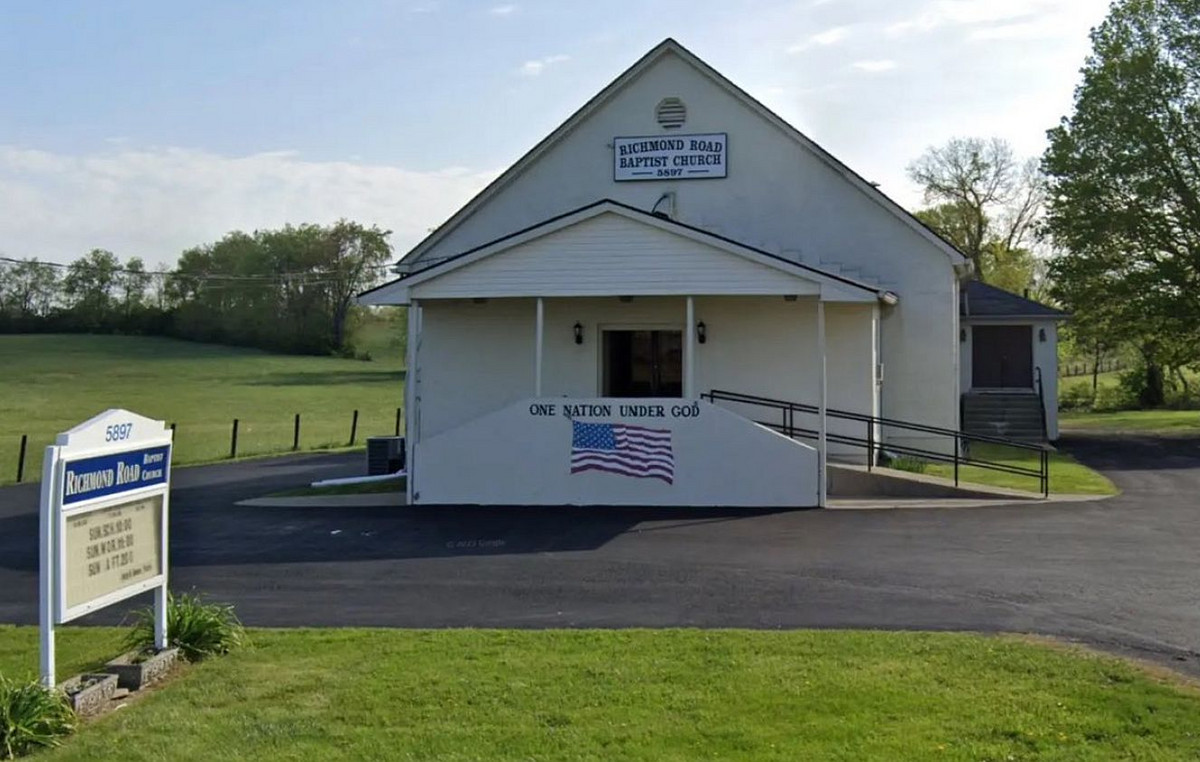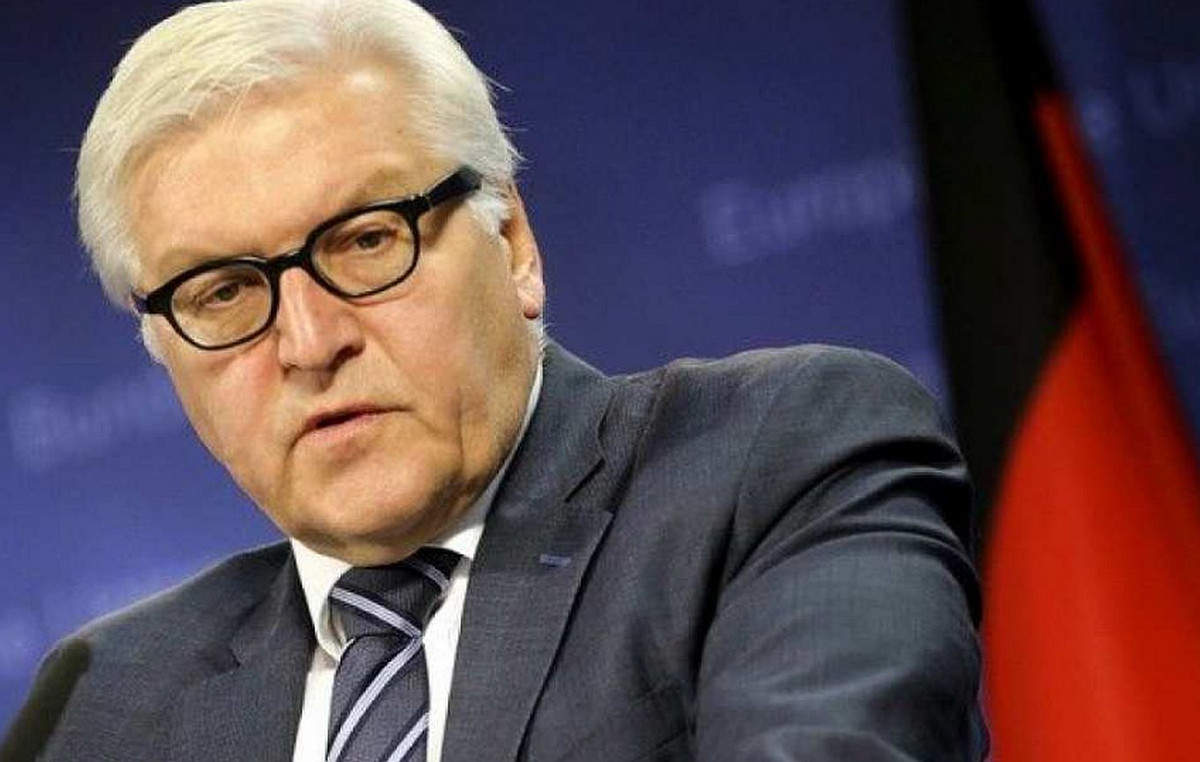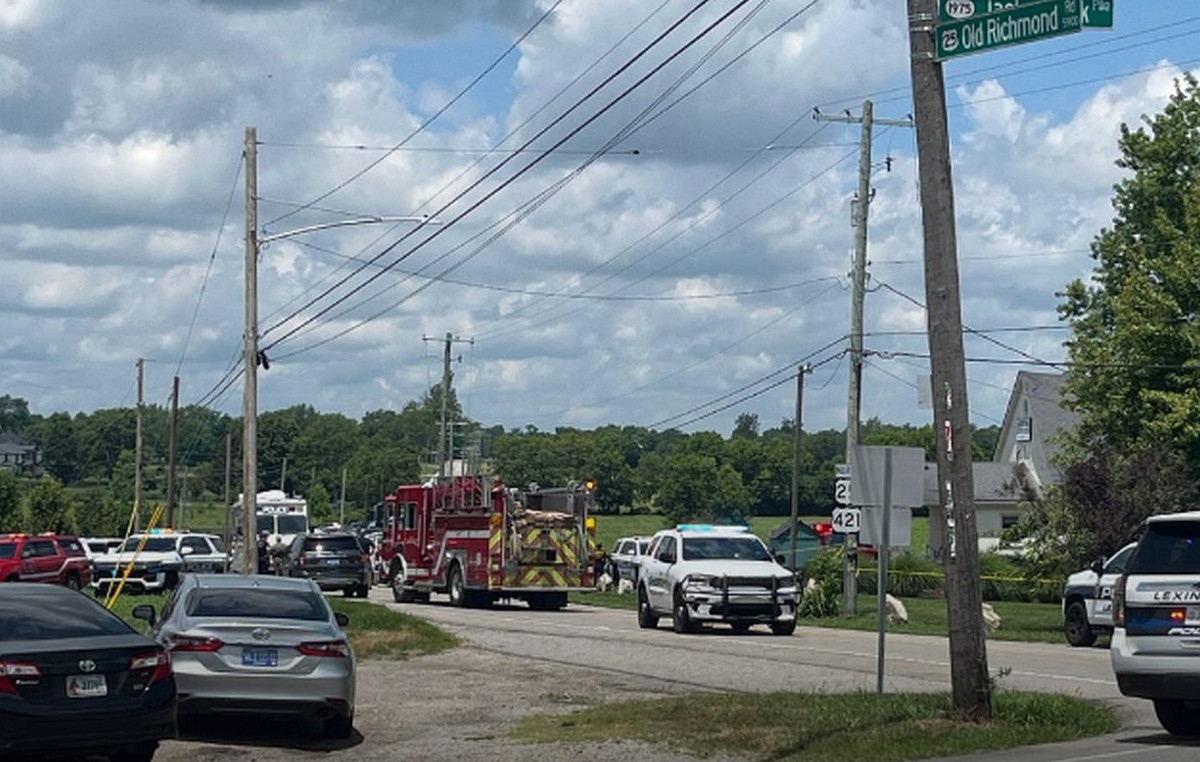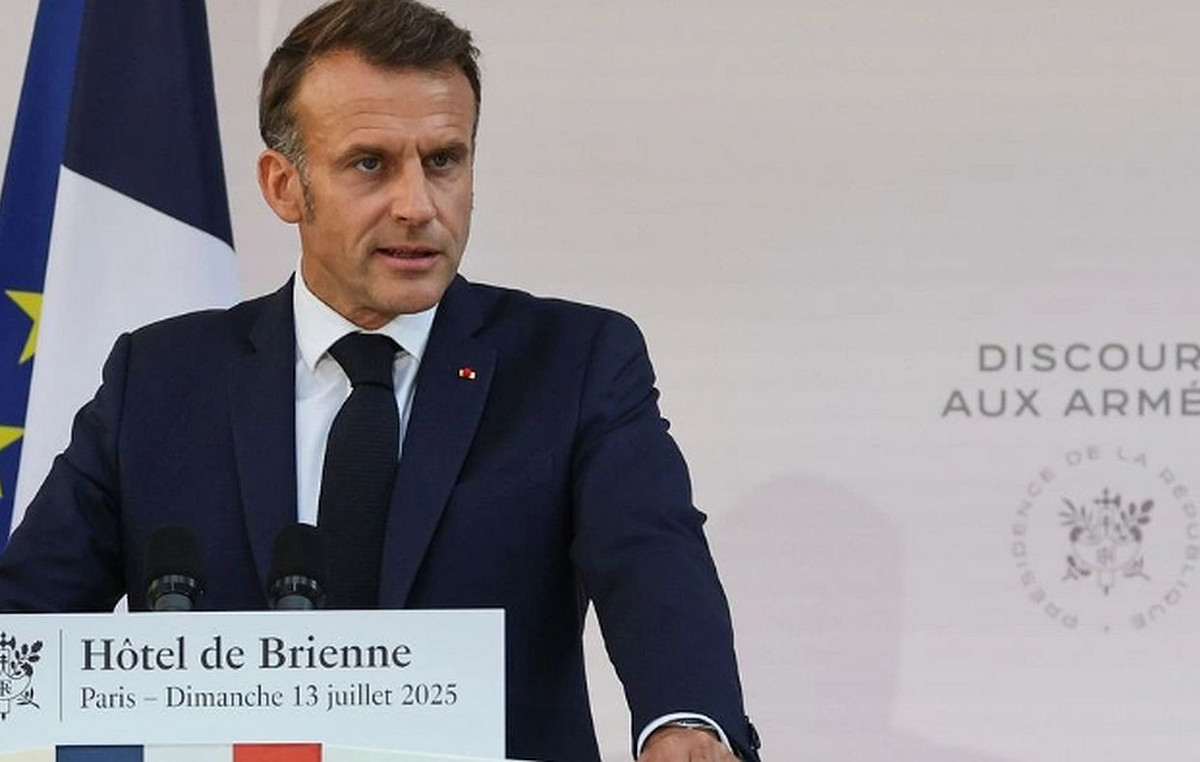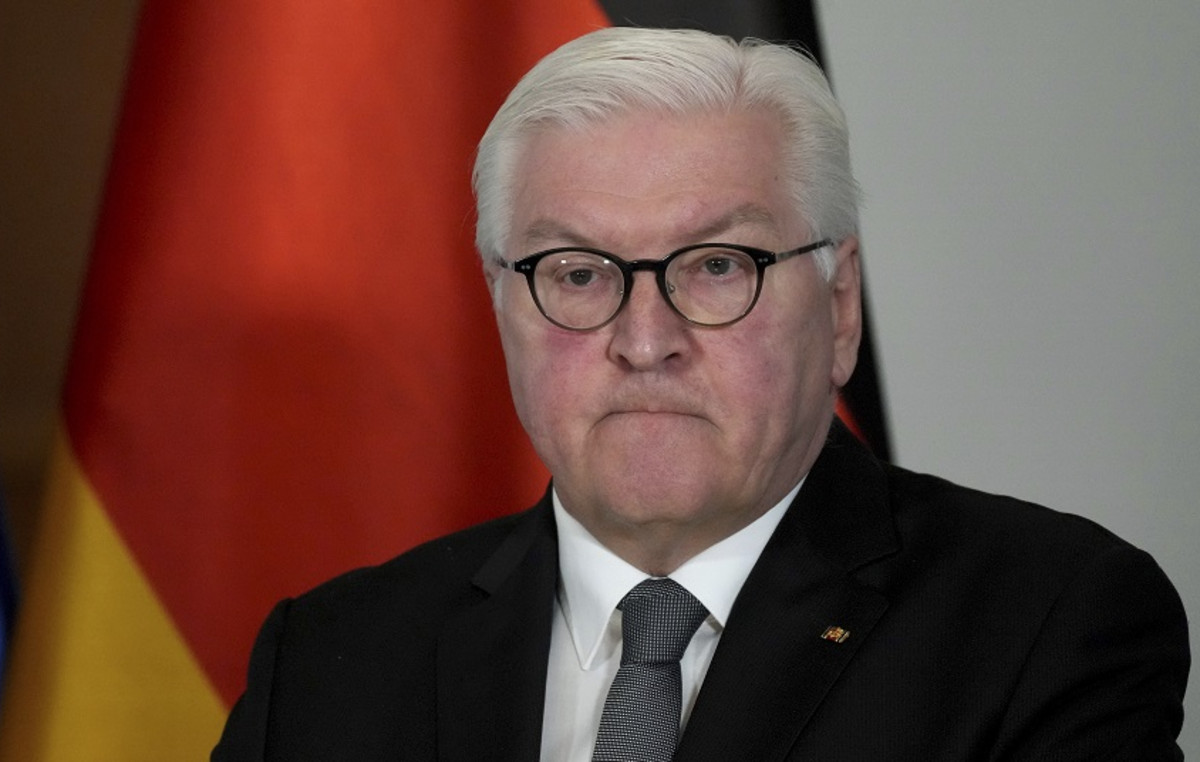To contain the escalation of inflation in the United States – which ended last year at the highest level in the last 40 years, amid bottlenecks in production chains, aggravated by the pandemic – the US central bank, the Federal Reserve (Fed), plans to start a new cycle of interest rate hikes in the short term.
The American monetary authority has signaled that the first increase since 2018 should be announced at the March meeting, when it is also expected to suspend the financial stimulus it has been launching in the economy to face the impacts of the pandemic on economic activity.
What is the risk for Brazil?
As the world’s largest economy, a change of direction in US monetary policy reverberates in every corner of the globe. Brazil is not out of this list.
With higher US interest rates, part of the dollar that enters Brazil, as well as other countries, is expected to migrate to the US. With fewer dollars in the country, the American currency tends to appreciate against the real, putting pressure on local inflation.
“A rise in interest rates in the United States may, at first, impact Brazil by increasing inflation”, says Étore Sanchez, chief economist at Ativa Investimentos. Exchange variations have a great impact on the price index in the country, which depends on imported raw material for the production of the most varied items.
An example of this are fuel prices, largely responsible for the peak of inflation last year, and whose readjustments accompany the international price of oil, at record values.
As official inflation ended last year well above the target ceiling — something that had not happened since 2015, the scenario becomes more worrying and raises the question: is Brazil prepared for a new period of monetary tightening in the United States?
What indicates that Brazil can face the new cycle?
Completely unscathed, it is difficult for Brazil to come out of this, but economists heard by the CNN Brasil Business assess that the Central Bank (BC) anticipated raising the Selic rate with greater intensity and speed, which means that the country can face the increases in interest rates in the US with greater tranquility, since the monetary tightening here ends up braking an even stronger appreciation of the dollar.
For Sanchez, the Central Bank has a “potent” monetary policy that has “increased its relevance in recent years”. The economist understands that “the increase in interest rates by the BC is enough to control the inflationary advance and inflation expectations”.
Another point that can ease the rise in interest rates in the US is the anticipation on the part of the market. In other words, as it is an expected move, it is already “priced in”, in market jargon, according to the chief economist at Veedha Investimentos, Camila Abdelmalack. “What can happen is if the bank adopts a more aggressive posture than what it has already been signaling”, she said.
The specialist also recalls that, in the case of the stock market, “even with the signs of an increase coming from the Fed, there is still a lot of foreign investment in variable income in Brazil”. In the economist’s assessment, this is an indication that the country is demonstrating itself as a market of confidence for investors.
What is still a challenge?
Although rising interest rates in Brazil have the power to soften the appreciation of the dollar here, according to experts, it is still not enough to stop the effects of the stronger North American currency on prices.
According to Eleven Financial economist Thomaz Sarquis, despite the country being more cautious about its fiscal health after the 2015-2016 recession, there are still risks in this sector. “We still have accounts in a fragile situation and we are far from inflation targets,” he said.
For the economist, it is necessary to observe the exchange rate and the price of commodities. “The big problem is that most commodities have risen considerably in price, which ends up nullifying the effect of the exchange rate on inflation in the short term”.
Sarquis puts it as a challenge for the country to pass reforms that aim to stop the trajectory of spending, as a fragile fiscal situation exposes the country to external risks. “However, any packages and measures in progress today are much more from a spender perspective than a saving perspective”.
When was the last lift cycle?
The last period of high interest rates in the US took place between the years 2016 to 2019, when the index, which is worked in intervals, was between 2.25% and 2.50%. Economist Thomaz Sarquis comments that, at that time, during the administration of former President Donald Trump, one of the most famous measures was tax cuts.
“By cutting corporate taxes, there is a boost to aggregate demand. As a result, investments soared, economic activity grew a lot, generating an inflationary counterpart, of course, not even close to what we see today. But the Fed had to compensate for this very strong effect it was having on economic activity and raised interest rates”, explains Sarquis.
Another factor that caused the increase to occur was the then trade war between the United States and China. The tariff conflict caused US inflation to be high, resulting in the need to exercise this fiscal policy.
Most market analysts expect the US interest rate to have four high in 2022, going from the current range of 0% and 0.25% per year to 1.25 to 1.5%, with new highs expected for 2023. The new meeting of the US central bank is scheduled to be held in March.
Source: CNN Brasil
I am Sophia william, author of World Stock Market. I have a degree in journalism from the University of Missouri and I have worked as a reporter for several news websites. I have a passion for writing and informing people about the latest news and events happening in the world. I strive to be accurate and unbiased in my reporting, and I hope to provide readers with valuable information that they can use to make informed decisions.

